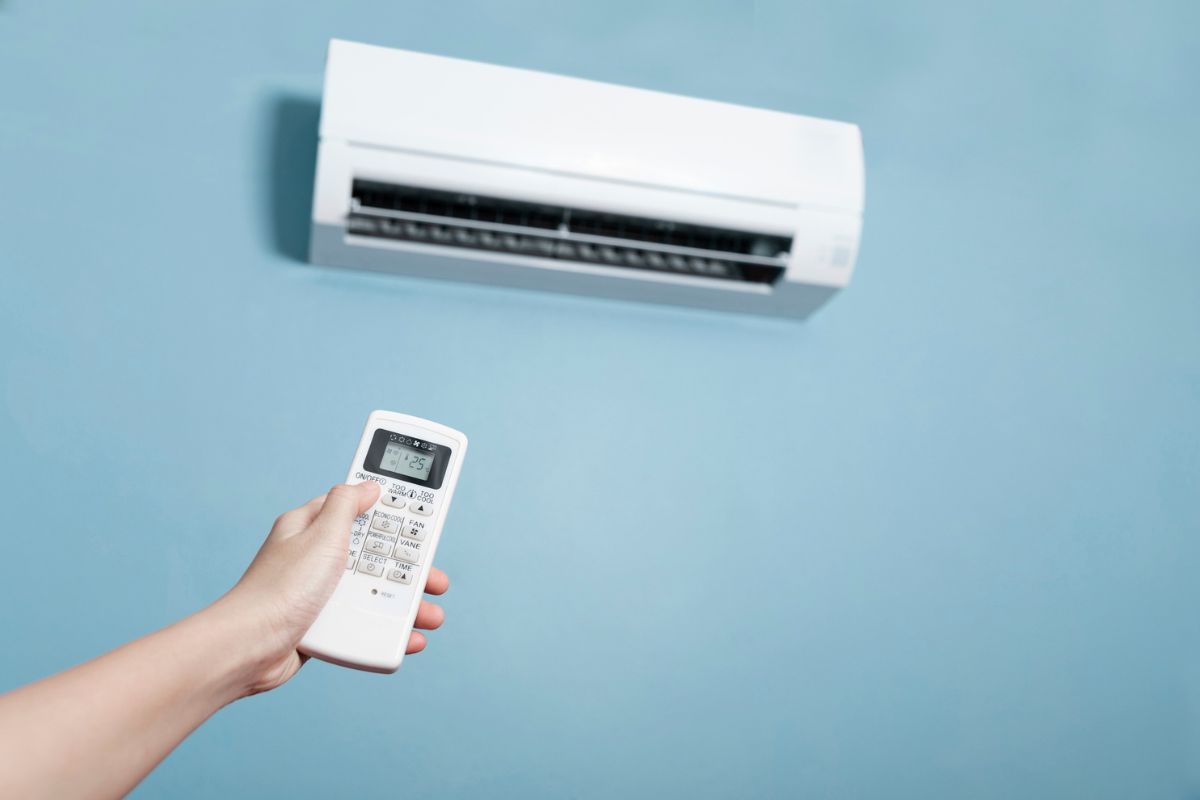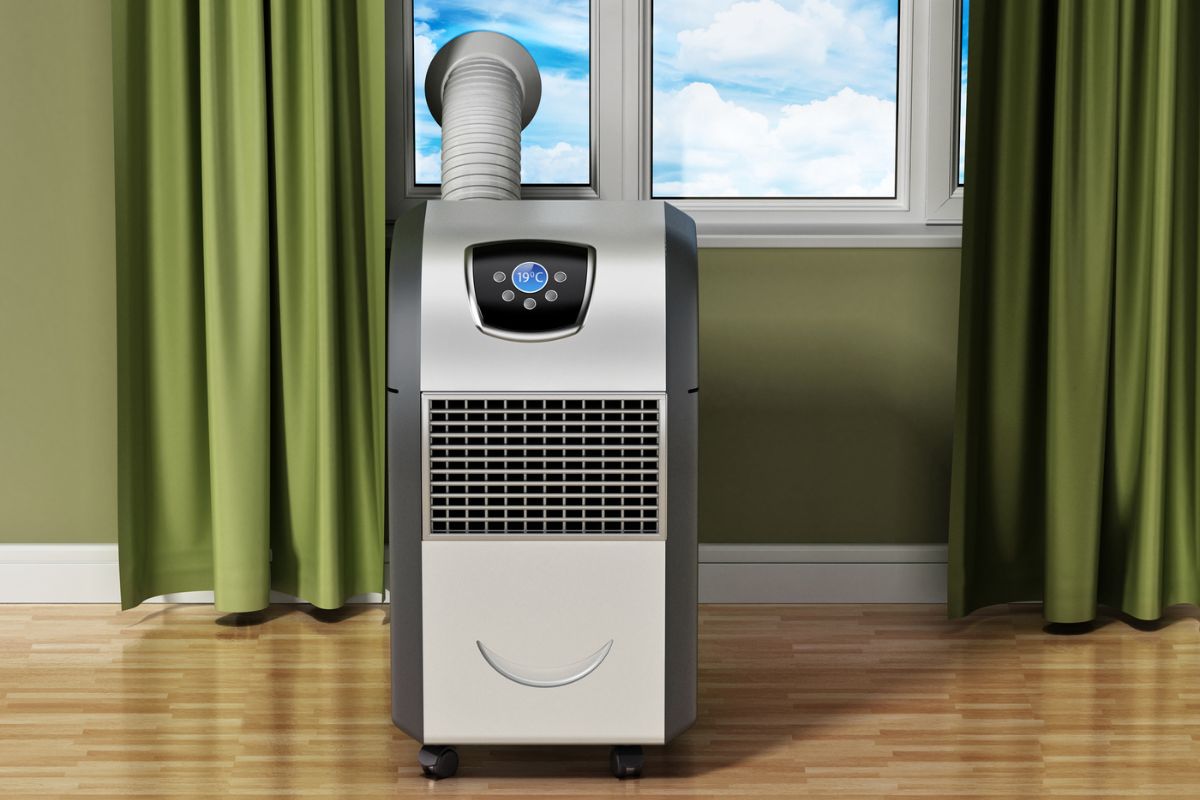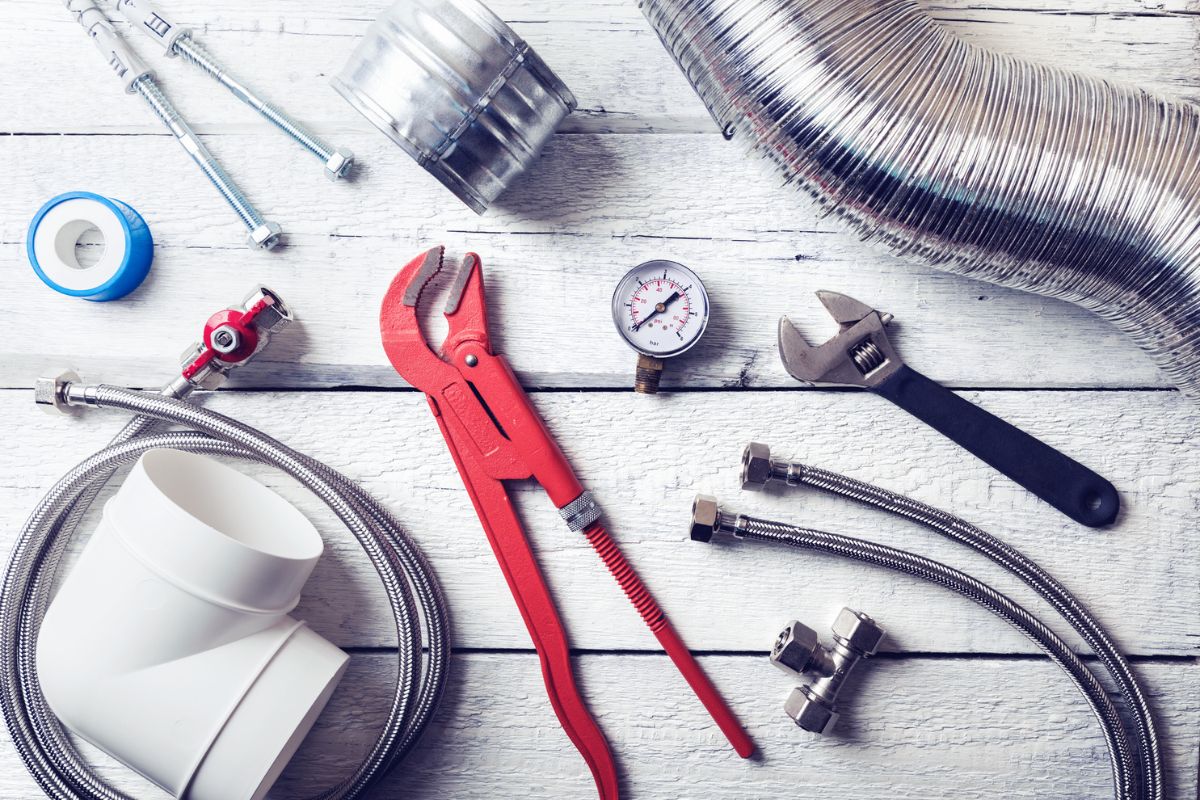You may be planning for life off-grid or to go on the road. You may just want to be prepared for the next power outage or lower your cooling bill. We've reviewed all the available information on running AC without electricity and have found some interesting alternatives to cool your living space without power.
In a house or RV, the most common way to run an AC without electricity is to use a generator that is suited to the amount of power your AC will need to run. These are some alternate options to cool your home.
- Run a portable AC on a solar battery
- Make an AC from a cooler
- Create a bucket AC
- Cool your home without AC
There are various options for cooling down without electricity. We'll break down each method for running an AC unit without power. Keep reading as we go through different ways to make a cooling unit with common items and discuss ways to keep your living space cool without electric AC.
![DIY home made air conditioner AC cooler, How To Run AC Without Electricity? [4 Alternate Options]](https://hvacseer.com/wp-content/uploads/2022/11/diy-home-made-air-conditioner-ac-cooler-prevent-and-avoid-heat-stroke-with-a-fan-and-a-bowl-of-ice-water-as-a-portable-makeshift-ac.-No-need-t-1.png)
AC Alternatives
1. Run A Portable AC On A Solar Battery

There has been debate over whether you can power an AC on solar. Some experts say that the amount of energy needed to cool even a small space would be very expensive to set up.
Depending on where you live, there may be solar energy experts that will provide a quote on what it would cost to set up enough solar panels to cool a house. They will advise you on the initial setup as well as options for expanding your solar power system.
Solar batteries can work as a temporary solution during a power outage as an alternative to a generator. Some users will use solar batteries part-time and then change over to generator power while the batteries charge during the day.
Can You Use Solar To Power AC For An RV?
Solar-powered batteries may be a practical alternative power source for an RV or a tiny house. You would need enough space to store the number of batteries and set up the number of panels needed to provide not only the power to run your AC but other items as well.
Those familiar with using solar energy for AC units recommend having at minimum 1,000 watts of solar energy available to power a smaller AC unit.
2. Make An AC From A Cooler

Make your own AC from a cooler. There are many different versions of the air cooler that have appeared in recent years across social media. The basic idea behind them all is to fill a cooler with ice and attach tubing and a fan to pass air over or through the ice to blow outside again.
The only component that requires energy is the fan, and you can install just one fan or even six depending on the kind of cooler AC you would like. Since this kind of cooler is low energy, you can power one with a car charger, battery station, or with solar power.
What Materials Do You Need For DIY AC?
Choose a good long-lasting cooler. The AC will only work as long as there is cool air and ice inside the cooler. If you plan to move it around a house or RV, you'll want to have one that's on wheels. This heavy-duty 110-quart cooler from Igloo is a consumer favorite, and the makers claim it stays cool for days.
Click here to see a cooler for DIY AC on Amazon.
Any AC unit will need a fan to circulate air. A marine blower comes in a casing that can fit HVAC piping and elbows. We recommend a device that runs at 27o cubic feet per minute or higher.
Click here to see a marine blower on Amazon.
You'll need HVAC elbows and duct connectors, also known as dryer docks to hold them in place.
Click here to see a package of HVAC elbows on Amazon.
Click here to see a dryer dock on Amazon.
Use a weatherproof sealant to seal around the holes and ducts. To make the duct holes, you'll want to use a drill and a jig saw to cut through the cooler walls.
Click here to see sealant for extreme temperatures on Amazon.
Click here to see a jigsaw on Amazon.
Use chicken wire or another type of grating to lay over a freezer shelf. Purchase the correct size shelf for your cooler that will fit snuggly inside. The chicken wire or mesh grate can be cut to size with wire shears or a utility knife.
Click here to see this freezer rack on Amazon.
Click here to see wire mesh on Amazon.
Choose a power source and a connection for your fan. Popular choices include a battery pack or car charger attachment. You may also use a USB or a solar attachment.
Click here to see an attachment for a car charger outlet on Amazon.
How To Make A Room Cooler

To assemble your cooler AC, this YouTuber recommends putting in the shelf and mesh first to avoid issues with trying to get it inside over the tubing. Measure and cut your holes where needed. The below video shows how to install the fan and ducts to create an extremely cold portable air conditioner:
How To Power AC With No Electricity
You'll need a power source such as a charging station or battery. It can be charged on an outlet for later use or on solar when without electricity for prolonged periods. The below charging station has outlets for both USB, a car charger, and a regular AC plug-in.
Click here to see this charging station on Amazon.
3. Create A Bucket AC
An inexpensive way to make an AC that runs without electricity would be to make a portable air conditioner from a utility bucket. All the parts can be found for free or low cost on community websites, curbside, or local hardware stores.
Make holes in a bucket with either a drill with a hole-cutting attachment or a jigsaw. Choose an insulation liner like styrofoam or packing peanuts and plastic. Attach a personal fan on top and run it off of your portable power source. This DIYer used a frozen gallon of water to cool the air inside his bucket AC:
4. Cool Your Home Without AC
If you are without electricity whether planned or in an outage, you'll want to keep your home as cool as possible in addition to one of the other alternatives to traditional air conditioning.

The fastest way to heat a living space is to cook in it. Use your cooking devices outside if possible during a power outage or when you are off-grid. For more ideas on cooling a hot kitchen read our article: How To Cool Down A Hot Kitchen
Use blackout curtains during the hottest part of the day. This will especially help with smaller spaces like RVs and tiny houses. If you are in the house, make sure your largest windows are covered while the sun is out. For more about blackout curtains read our article: Do Blackout Curtains Block Heat?
You can keep the air moving in your home with battery-powered fans. Even though it won't change the temperature, the circulation of the air will provide more comfort and may feel cooler to the skin. This powerful 900-CFM fan runs on a rechargeable battery.
Click here to see a battery-operated fan on Amazon.
Final Thoughts
Now that you know how you can run AC without electricity and some alternatives to having a traditional air conditioner, start your cooling project! You'll be prepared to keep your living space comfortable whether at home or on the road the next time you find yourself without electricity.
Made it to the end? You may also be interested in the following:











